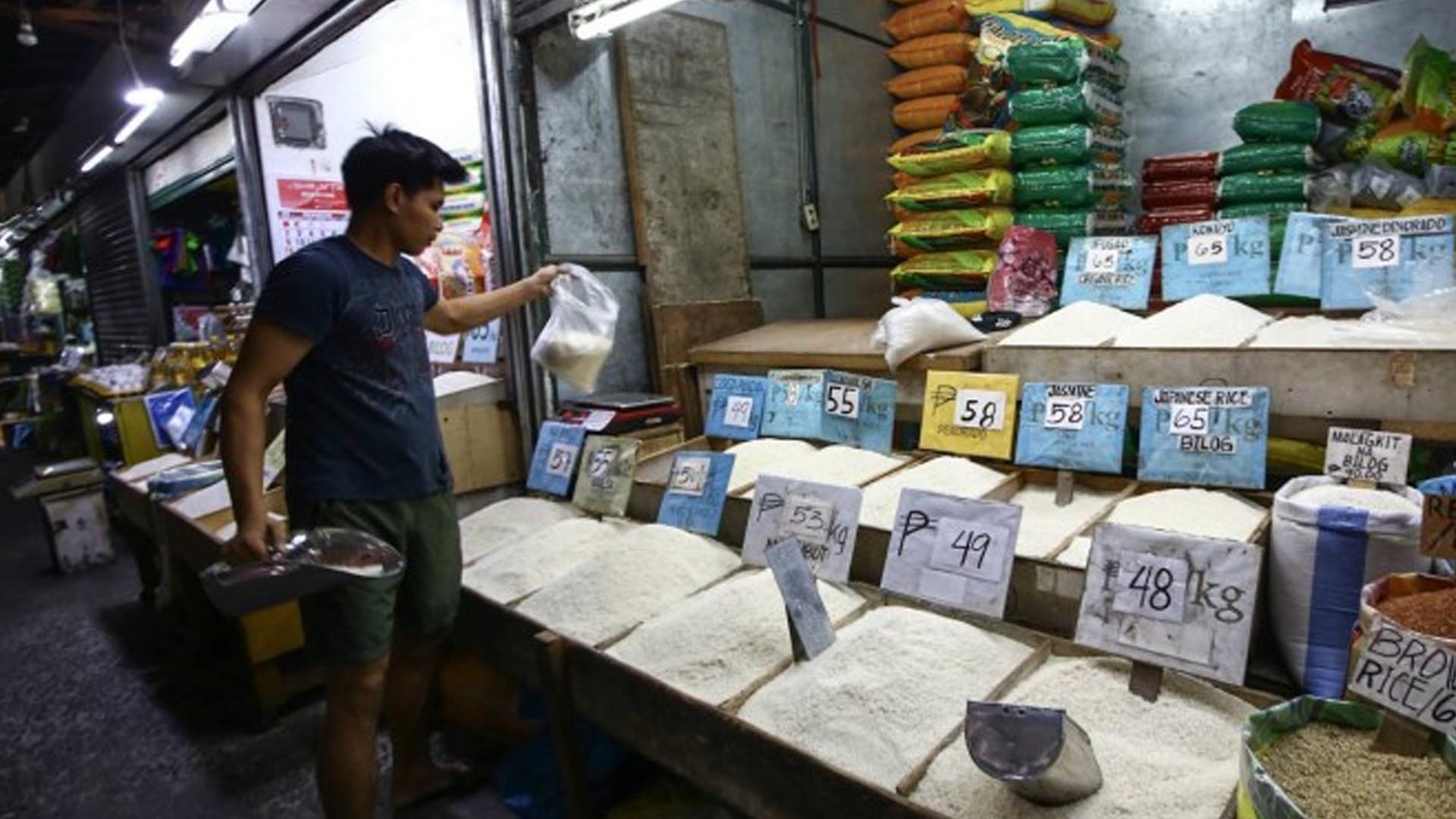Filipinos can expect a stable rice supply and retail prices despite nearing lean months due to a “good harvest season”, the Department of Agriculture (DA) said Wednesday.
The lean months will come after the tail end of the local harvest season, spanning from June to September.
In a press conference, DA spokesperson Assistant Secretary Arnel de Mesa said consumers are likely to enjoy the stability of a PHP45 per kg. prevailing price for different rice varieties.
“Yes, kasi maganda yung harvest natin nitong (Because we have a good harvest during our) first four months. Iyong kabuuan ng dry season, maganda yung harvest natin (during the entire dry season, we have a good harvest),” he said.
As of May 26, the prevailing prices of imported premium and well-milled rice in Metro Manila are PHP45/kg., and PHP38/kg. for imported regular-milled rice.
The price range of premium imported rice, meanwhile, is pegged at PHP43 to PHP55/kg.; imported well-milled rice from PHP40/kg. to PHP48/kg.; and imported regular milled rice from PHP35/kg. to PHP45/kg.
Prices of premium local rice range from PHP44/kg. to PHP60/kg.; local well-milled PHP38/kg. to PHP48/kg.; and local regular-milled rice PHP33/kg. to PHP43/kg.; with prevailing prices set at PHP50/kg., PHP45/kg., and PHP40/kg., respectively.
De Mesa, likewise, expressed confidence in hitting this year’s target local production amid a stable rice supply.
“Barring any major weather disturbance hanggang (until the) end of the year, we’re expecting to still hit iyong ating (the) target for the year na (of) 20.4 million metric tons,” he said.
During the first quarter of the year, the country logged 4.699 million metric tons (MT) of rice production, according to the Philippine Statistics Authority (PSA).
This is slightly higher than the 4.685 million MT logged during the same period last year.
In terms of the country’s rice inventory, the PSA recorded 2.34 million metric tons (MT) as of April.
Import arrivals
De Mesa, meanwhile, said the import arrivals have decreased compared to the previous volume last year when local palay (unhusked rice) production suffered from the combined effects of El Niño, La Niña, successive weather disturbances, and the eruption of Mt. Kanlaon, among others.
As of May 22, the Bureau of Plant Industry (BPI) logged 313,795 MT import arrivals, totaling 1.7 million MT.
The import volume for this month is lower than the 478,099 MT recorded in May 2024.
Even with the upcoming lean months, De Mesa said it is unlikely to record higher import arrivals.
“Based on the numbers that we have now at kung titingnan iyong (and if you’ll look at the) trend, most likely if not similar, lower than last year’s importation,” he said.
“Again, last year, malaki iyong importation kasi ang (the importation was high because our) palay production was reduced by 1 million metric tons.”
In terms of tariff collection on imported rice, the Bureau of Customs (BOC) reported an over 12 percent increase in 2024 from 2023.
It said the country secured more than PHP34.229 billion in duties last year, higher than PHP29.9 billion in tariffs collected in 2023.
In 2024, President Ferdinand R. Marcos Jr. approved the extension of the Rice Competitiveness Enhancement Fund (RCEF) until 2031, under the amended Rice Tariffication Law, which increased the funding from PHP10 billion to PHP30 billion from tariff collections on imported rice. (PNA)







